Happy Social Media Day!
Intro
June 30 is the date we celebrate a phenomenon that has unquestionably changed our lives – social media. Whether you view social media as a positive or negative force, its impact on society since the late 1990s is indisputable. It has made an indelible mark on how we interact, communicate and share information with family, friends and the world.
The Origins of Social Media
People commonly associate social media’s birth with Friendster or Myspace – since these platforms made social media “mainstream”. Indeed, these two trendsetters paved the way for the emergence of new social media outlets from 2004 to 2006. But unlike the first social media networks, these other platforms are still widely present and used today (Facebook, YouTube, Twitter and LinkedIn).
One of the most influential pioneers, however, was the 1997 SixDegrees.com. It offered a range of features still found in today’s social media platforms. For instance, it introduced such elements as a profile page, message exchange and creating lists of connections.
You may already be familiar with the history of social media. But… did you know that one of the pioneers was created by none other than Emakina?! Social Media Day is thus the perfect opportunity to remind our readers of this potentially forgotten gem.
Vego.net was a 2003 social media website built in flash for Emakina’s then-client Coca-Cola. Users had an option to, as the name suggests, create their virtual ego, play games, interact by chatting online and engage in other activities.
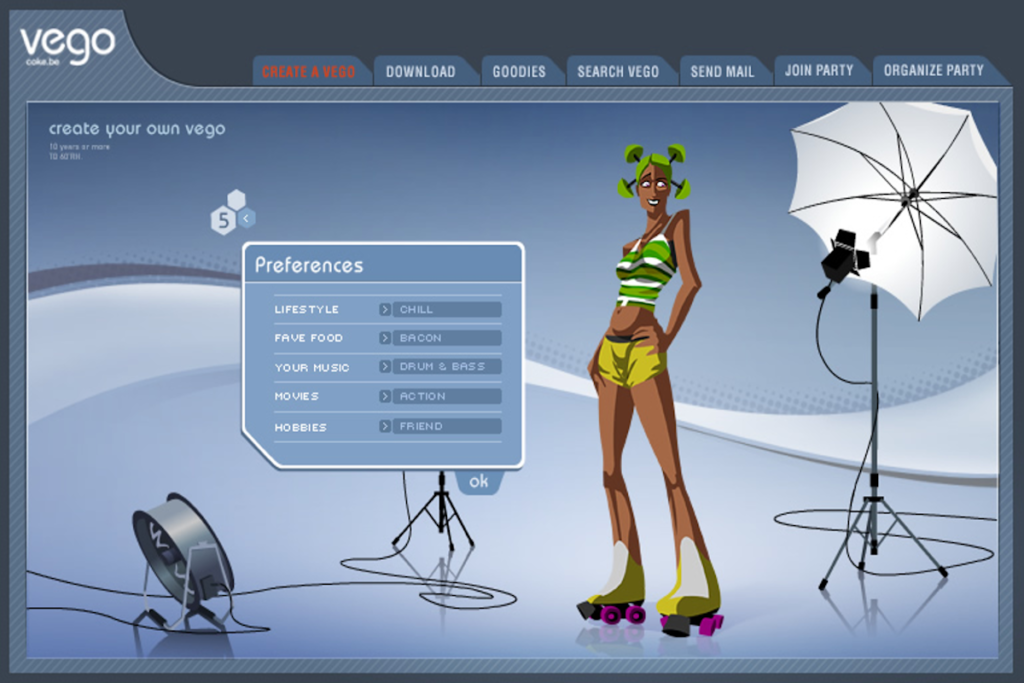
Other Emakina creations and honourable mentions were Join2Grow, a 2007 Social Media platform connecting professionals (similar to LinkedIn), and the 2009 award-winning Yunomi, which gathered a community of four million women to share articles, recipes and advice.
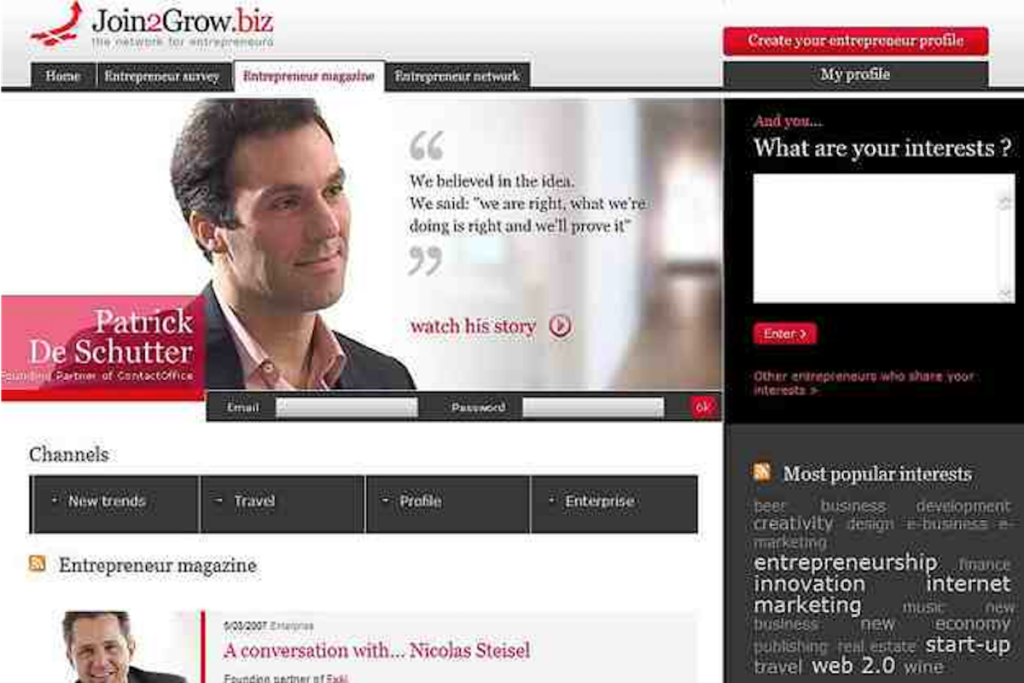
Social Media Trends
The speed at which social media developed was almost impossible to track. It is notable, however, how different social media aimed and attracted different types of audiences throughout the years.
Eurostat’s 2018 data shows that among younger users (ages 16 to 24), almost 9 in 10 people in the EU participated in social networks (88%). This break-down ranged from 77% in France and 79% in Italy to 97% in Czech Republic, Denmark and Croatia. Among older users (ages 65 to 74), almost one-fifth (19%) participated in social networks.
Global WebIndex’s 2020 Report found that entertainment now ranks as the third most important reason for using social media and continues to show the highest growth. This statistic shows a “moving away” from the original intent of social media – which was to connect people.
According to these and other reports, YouTube and Facebook remain the “kings” of social media platforms, followed by Instagram, Twitter and TikTok. Newest moves these kings and followers are making is that they’re shifting towards becoming the social media commerce platforms. Now you can shop your favorite products right from the platforms, without the need of leaving them to complete the purchase.
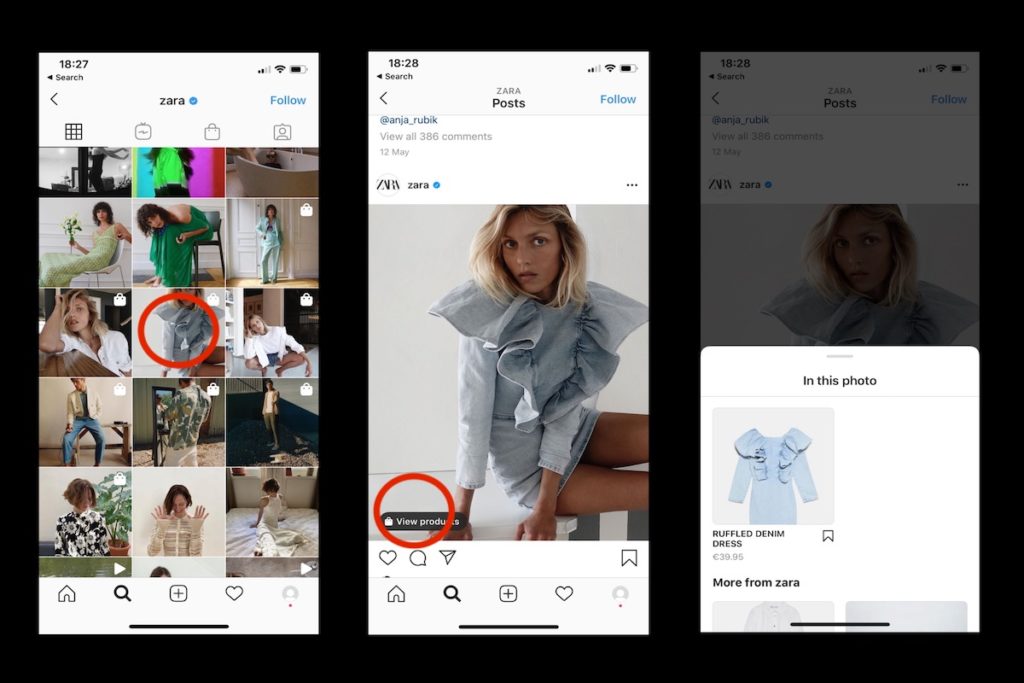
Social Media to Keep an Eye On
Instagram was 2018’s fastest growing social media, as the platform acquired 1 billion users monthly. However, this same year TikTok became the world’s most downloaded app, beating Instagram and other social media platforms. Just two years later, TikTok is quickly catching up – with 800 million active users, opposed to Instagram’s 1,000 million active users.
TikTok’s reign seems unstoppable as users and content creators are starting to leave other platforms for its impeccable algorithm. If you searched for articles on TikTok in early 2019, you would have found hundreds of news outlets and online magazines reporting on how Gen Z mocked Millennials on TikTok. This certainly gave the sense that the platform was exclusive to just one generation. Few predicted that TikTok would quickly begin to attract millennials too. Gen X and even Boomers have increasingly been attracted to the trendy platform as well. This diversification of users makes sense, when examined. The platform has exerted efforts to attract members of these older age groups – as they still hold the majority of the purchasing power.
On May 7, 2020, a new player officially landed in the US Apple store and appears to be a potential threat to TikTok. Scrolling through this new (Chinese) social media app, Zynn, at first glance it does not differ much from its competition. But there is a huge difference – this social media app pays users for engagement. Just a simple scroll through the homepage would earn you a few bucks. A few successful friend invites will get you a reward of up to $20 per invite, depending on how active the friends you invited to the platform are.
Also on the list of new social media apps to look out for is Newlife.ai. This app emerged in 2019 and has no ads, bots, sponsorships, data selling or censorship. And much like Zynn, it allows users to earn currency by creating aesthetic content. The currency used, however, is cryptocurrency. This may be the reason why this platform has not yet gained traction. Another reason may be that the current members’ preferred aesthetic is a bit specific and may not appeal to wider audiences.
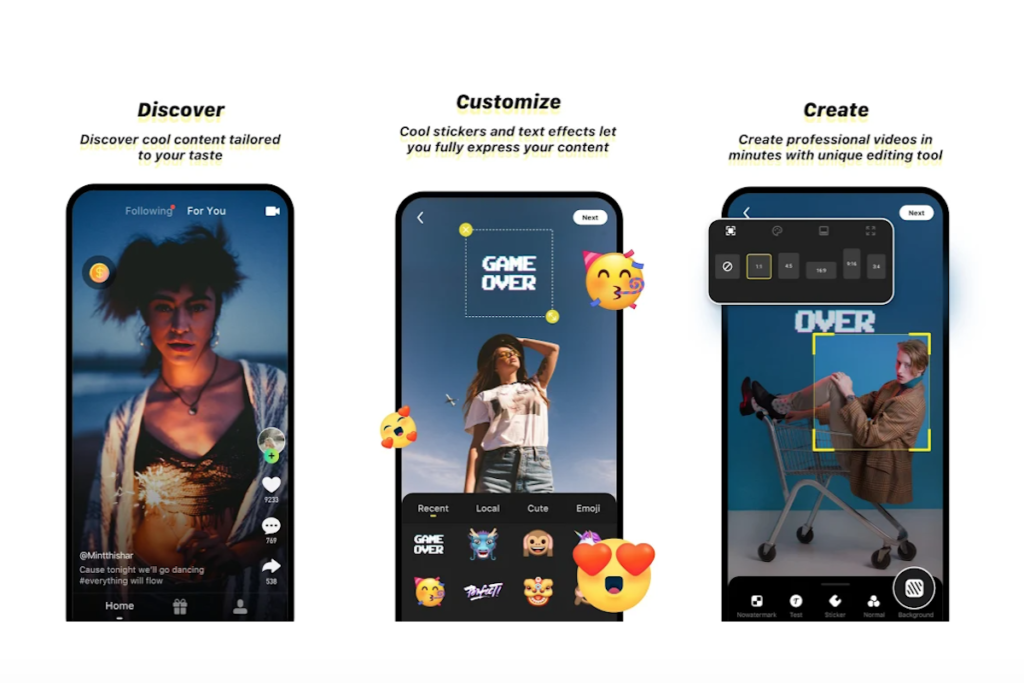
New Platforms = New Problems
Stolen Content
Though Zynn initially gained praise and attention, some emerging accusations may negatively impact its progress. As Wired reported, the app appears to be full of stolen content. Zynn’s creators have therefore been profiting off ideas stolen mostly from TikTok, it seems. Zynn even features accounts with the exact same name handles as TikTok users’ accounts.
Pedophilia Issues
TikTok is known to entertain largely the Gen Z audience. This young user base has attracted unwanted audiences such as online bullies and pedophiles. The platform provides an opportunity to easily target impressionable young users. Incidents of coercion include users convincing others to self harm or share indecent or nude images. TikTok has unfortunately failed to promptly remove pedophilia-related content. Because the social platform is so huge, it seems staffing shortages result in less-than-vigilant content reviews.
A good example is the recent scandal under the hashtag #foreginerchallenge. Videos of underage girls and boys doing inappropriate or sexual acts began to circulate under the hashtag, followed by an audio snippet of the Pop Smoke song “Foreigner”. Alarmed users notified TikTok and helped decrease its visibility by pushing unrelated content into the hashtag. This gave TikTok’s team some time to remove it.
YouTube has also experienced issues with inappropriate content. Its algorithm was most often called out for facilitating rape apologia, anti-Semitism, hate preachers and pedophilia, as reported by Wired and other outlets. YouTube’s algorithm allows users to create playlists, which pedophiles use to gather and organise content containing children naked or with exposed body parts. Videos can easily then be put on playlists or suggested viewing lists, which increases distribution. To make it worse, these videos are often monetised. Hence, seeing a Maybelline ad on a video with pedophile comments below presents a dangerous and unintentional message for advertisers.
These incidents triggered a subsequent “ADpocalypse” – when many advertisers suspended or removed their ads from YouTube. YouTube has since claimed it has improved screening processes to remove pedophilic and other harmful content, but new issues seem to emerge and the algorithm problem persists even up to this day.
Advertisers Boycott Facebook
Facebook has recently come under fire for allowing hate speech; advertisers reacted by boycotting the platform. Various big brands began to use the hashtag #stophateforprofit to express their dissatisfaction with how Facebook handles the spread of hate. Ben & Jerry’s, Coca-Cola, Hershey, Honda, Levi’s, Patreon and Unilever were just a few that joined the movement, cutting all their funding of ads on Facebook.
The world watches to see if the boycott will have a lasting impact. Its longevity (or lack thereof) may also reveal which companies have a lasting and committed stake in combatting hate speech – and which simply desire “good PR”.
Cancel Culture and Stan Twitter
Those following Twitter news may be familiar with “cancel culture”. What is this strange-sounding phenomenon? Cancel culture originates from the K-pop fans who, besides praising their idols, boycott or “cancel” out the online influence of those they oppose. This behaviour soon became adopted by other Twitter members – creating the community known as “Stan Twitter”.
Stan Twitter is considered to be a community of users who share the same opinions about music, celebrities and other public personas, TV shows, companies, etc. (in the continuation – entities). When a common interest around entities is established – they act on it through hashtags. Specific hashtags have been gaining traction, such as #entitynameisoverparty and #cancelentityname, which are then usually accompanied by a video or a photo of the entity doing something worth being “cancelled-for”.
Few people took real notice until entities started getting boycotted for alleged but unproven things – or, simply because groups disliked them or wanted their “idols” to rise above them.
The most recent proof of Stan Twitter’s influence was surrounding the June 2020 Trump Tulsa rally for which they reserved no-show tickets, leaving the rally almost totally empty.
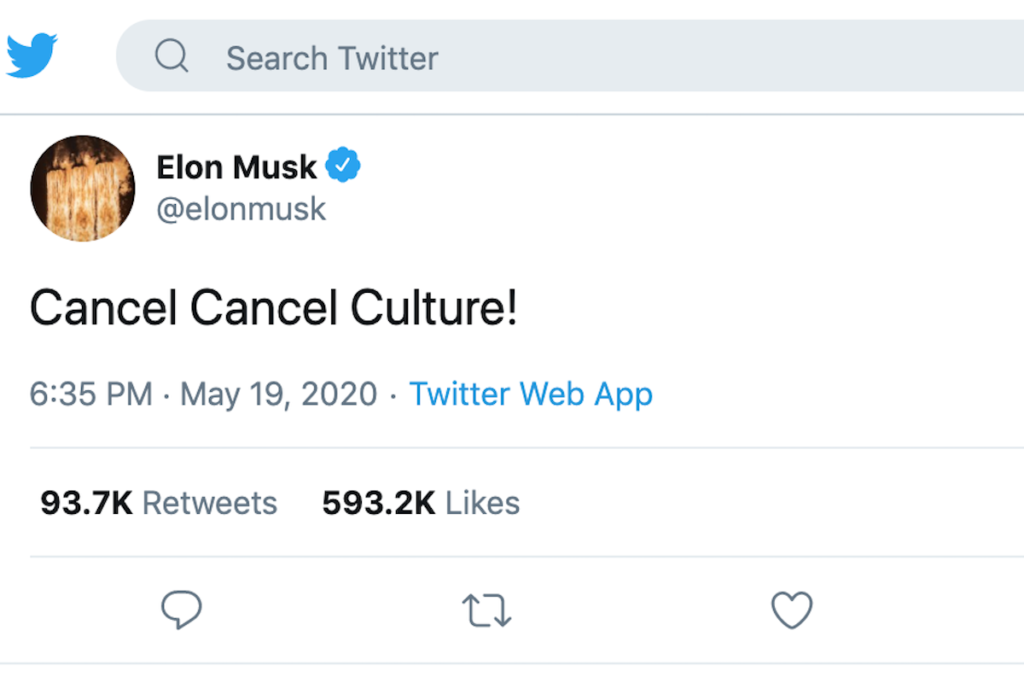
It’s Not All That Bad
Despite its critics, social media has irrefutably brought a myriad of positive things to our lives. Unfavorable press abounds as it makes for interesting news, but bad press inevitably leads to social media improving itself. Ever-evolving, changing, mutating and becoming more impactful. Licking its wounds after scandals in the press, adjusting its algorithms for more positive outcomes.
Social media has become a quick, easy, effective way for people to stay connected and create communities in a matter of seconds. Social media platforms have become outlets for showcasing and exchanging technological advances, new ideas and creativity. Most importantly, social media has given everyone a chance. A chance for individuals to build communities around them and to showcase their talents and spread their knowledge. It has democratised access to knowledge, access to help, access to an audience.
It is no longer essential to be brought up in a privileged setting, to know the “right people” or to live in a big city to make yourself known to the world and to reach audiences of millions.
And it is not all about gaining fame. Social media is still resoundingly a resource to connect solutions with problems. Anyone in the world with a new invention or a solution or a product that can better society can now spread it in a matter of seconds.
On that note, social media has undoubtedly revolutionised business. Opportunities now exist for small businesses as they never had before. Small businesses can enjoy confidence and the hope of creating something bigger. Placing ads and finding target audiences has never been easier. They can now easily interact and connect with their audience.
And lastly, social media has become a reflection of our society – with all the good and all the bad. Rising movements such as the growing women’s rights movement or the most recent #blacklivesmatter movement reached audiences they could never have reached in the pre-social media times.
Only by accepting the new normal and acknowledging social media trends can we better understand our society. We watch with anticipation as social media evolves – guessing where it will take us, what new insights we will gain, what new connections we will make and how it will continue to define our culture.




